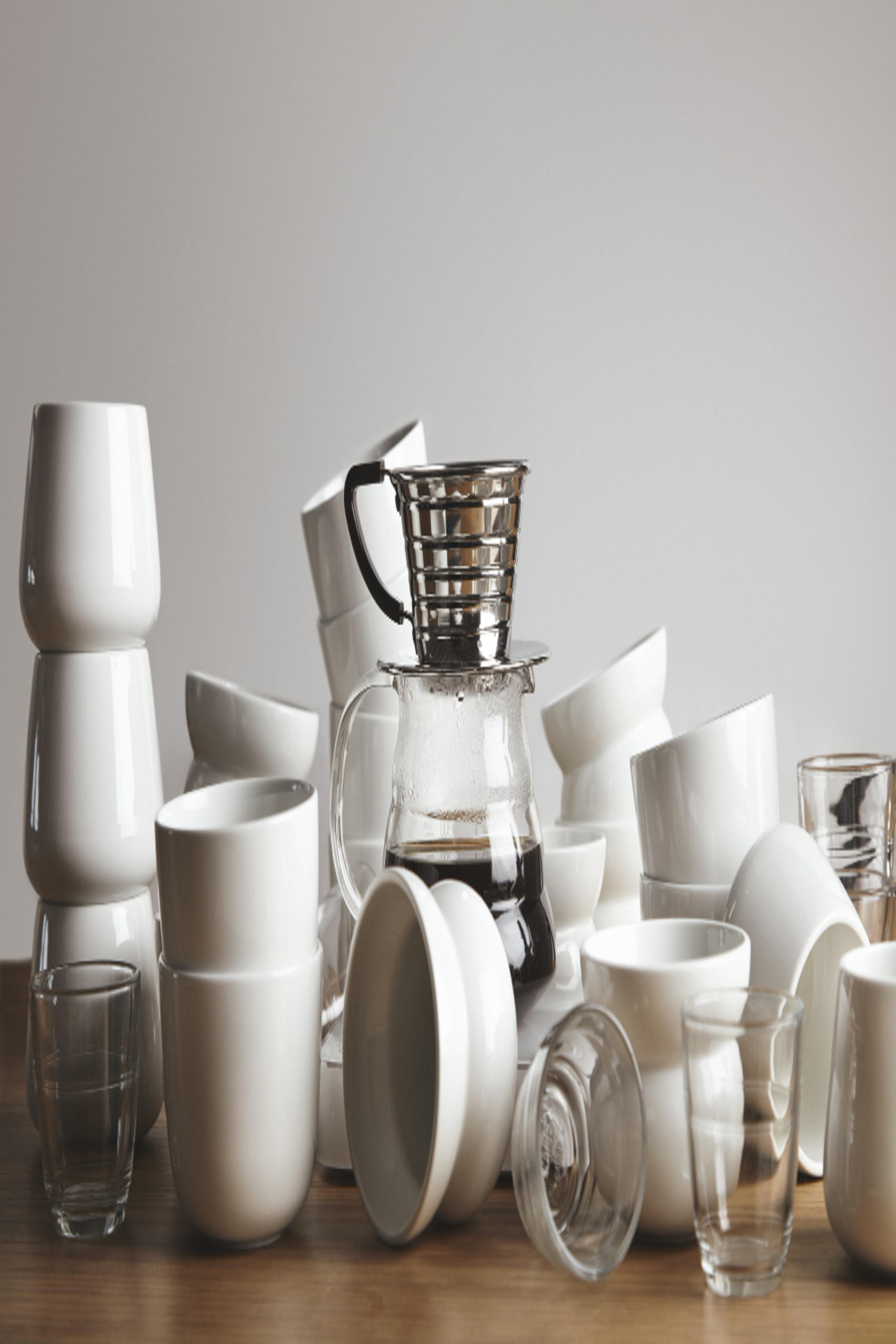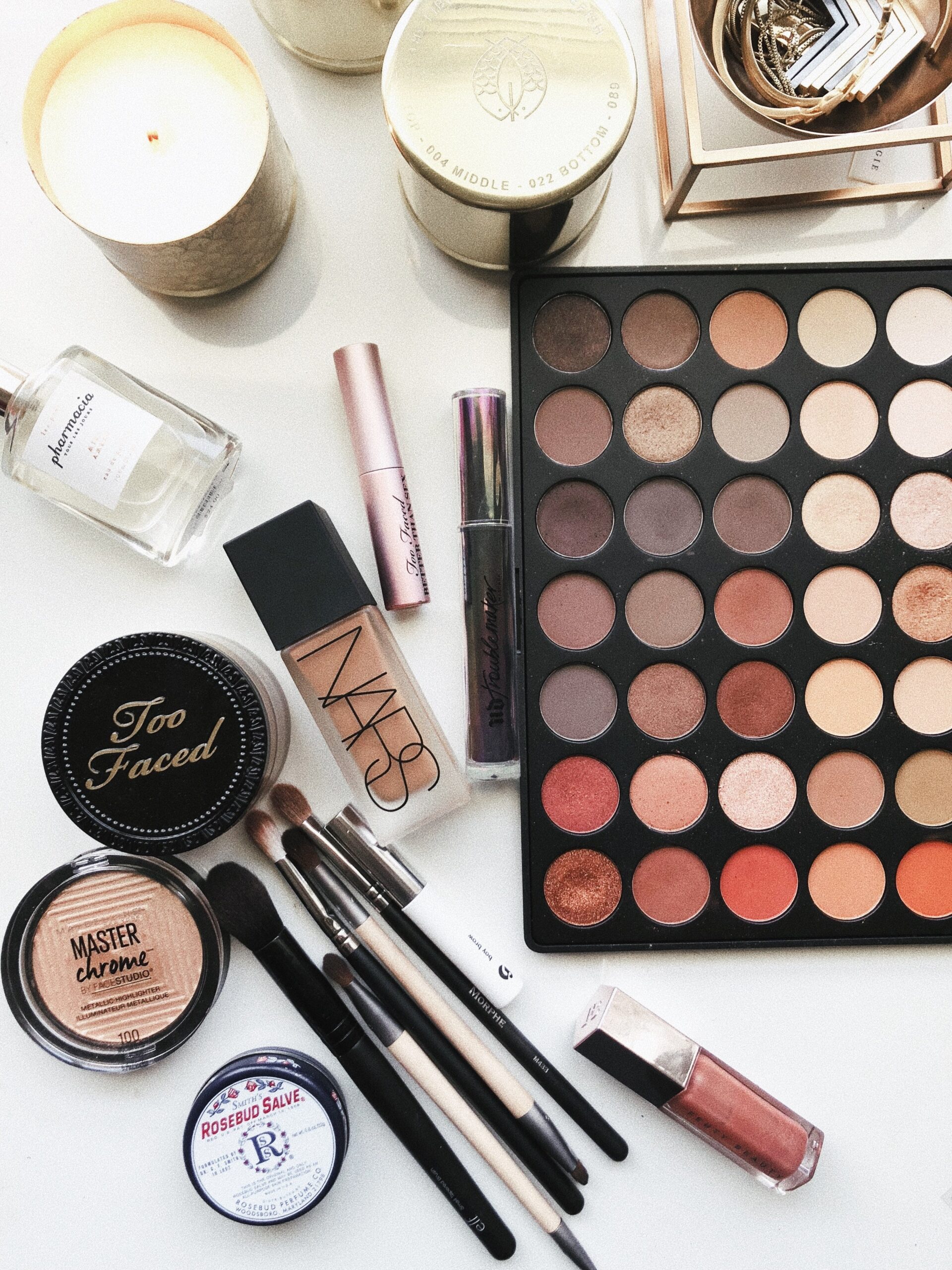One big stop at Bed Bath & Beyond to outfit your kitchen, and you’re set for life, right? Oh, we wish it were so. Your kitchen sees a lot of action on a daily basis, even if you’re not a big cook. And while not all germs are created equal, the harmful ones can breed on kitchen tools that have outstayed their welcome. When the tools in the drawers start to look like they’ve seen better days, they’re crying out to be replaced. Here’s what’s likely been kicking in the kitchen a little too long.
Cutting Board (when they look worn)
That IKEA cutting board that’s been with you since college? It probably needs to be replaced. While these kitchen tools are made to last with proper care — hot soapy water for wood, or a run through the dishwasher for plastic — they don’t last forever. When you start to see abrasions, cuts, and deep grooves in your cutting board, its life span is up. Those are spots that can harbor bacteria and be difficult to adequately clean. Spring for a new one (luckily, they’re pretty cheap).
Grill brush (2-3 months)
If you use a metal grill brush to clean up after every time you spatchcock a chicken or flip burgers in the backyard, it’s probably time for a new one. The brittle bristles are prone to fall off and stick to the grates, which if you’re very unlucky, could end up in your food. “When swallowed, these bristles can puncture your throat, stomach or intestines,” Deborah Orlick Levy, a registered dietitian, and consultant for the health food company Carrington Farms told US News and World Report. Yikes. Even if that danger is unlikely, she advises checking the brush regularly and replacing it every two or three months or each year before grilling season heats up.
Nonstick Frying Pan (~5 years)
That well-seasoned cast iron pan you snagged at a junk shop in Kentucky will outlast you, but not so for the newfangled nonstick frying pan. You can expect about five years of life out of your nonstick pan, and maybe less. If the coating starts to wear, chip, or peel before that, it’s time for a new one. Nonstick pans also release toxic fumes if heated to too high a temperature, though newer iterations are less dangerous, Albert Levy, an assistant clinical professor of medicine at Mount Sinai Medical Center in New York City told US News and World Report. “If you have a nonstick pan produced before 2010, replace it,” he said.
Spices (8 months-2 years)
Is that tin of Old Bay from the Eisenhower administration? We’d be shocked if it had any kick left to it at all. Here’s another reason why you should hit up the bulk bins for your spices: ground spices only maintain their power for about eight months and whole spices for a year or two. And while you won’t get sick from old spices, your culinary creations will certainly suffer. If you only make curry once every blue moon, it makes sense to buy your garam masala by the ounce.
Sponges (2 weeks)
Alanis Morissette is likely to call out the irony here: the kitchen tool responsible for cleaning up is the item most likely to be riddled with germs. Those cellulose nooks make cozy homes for bacteria. At the end of each day, zap your sponge in the microwave for 30 seconds to sanitize it, but after a few weeks, it ought to hit the trash. “Sponges are notoriously contaminated,” Levy said. “They can be among the dirtiest things in your kitchen. Once you’ve had it longer than two weeks, get rid of it.”
Plastic Storage Containers (when they look worn)
Your mom’s vintage Tupperware cupcake tote likely contains bisphenol A, better known as BPA, a compound used in plastic manufacturing that has been linked to a host of health problems, including cancer, heart disease, obesity and more. If you’ve got Tupperware from another generation, it needs to hit the trash can. Ditto, anything that looks like it’s seen better days: cracks, discoloration, weird smells, and wavy textures are all signs to say sayonara. Perhaps this is the perfect opportunity to spring for glass food storage?
Water Filter (2-6 months)
Ahh, the pleasures of pure, filtered water, like drinking from an icy mountain spring! Sorry, but if you’ve been using the same Brita filter since you first purchased that plastic jug, it’s about as effective as a lame duck. Your owner’s manual will tell you how long they last, but it’s a good bet it’s between two and six months.










